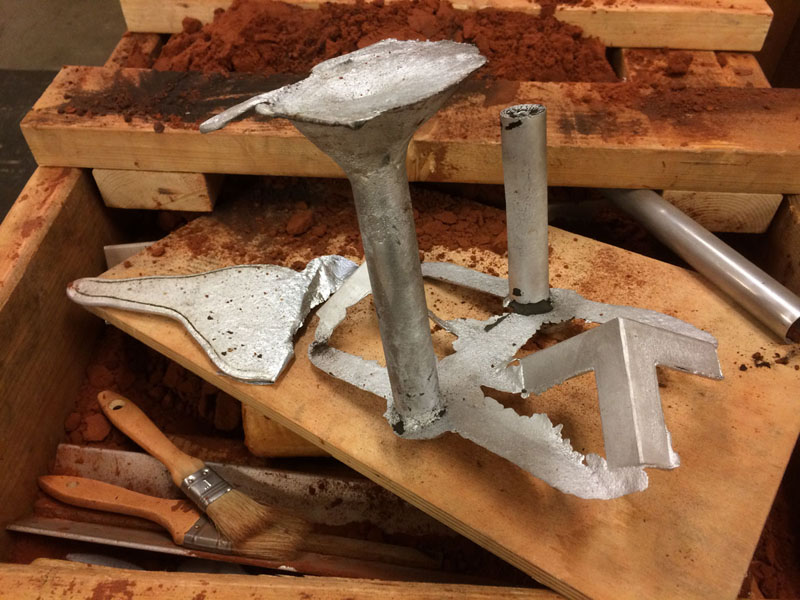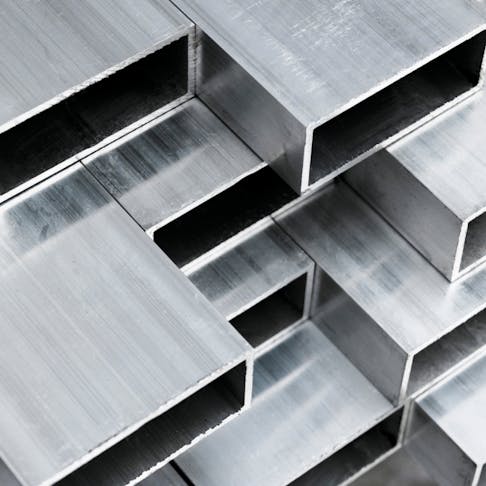Alcast Company for Dummies
Alcast Company for Dummies
Blog Article
The Basic Principles Of Alcast Company
Table of ContentsEverything about Alcast CompanyThe Ultimate Guide To Alcast CompanyAlcast Company Things To Know Before You BuyThe Ultimate Guide To Alcast CompanyAlcast Company Things To Know Before You BuyThings about Alcast Company
Chemical Comparison of Cast Aluminum Alloys Silicon advertises castability by lowering the alloy's melting temperature and boosting fluidness throughout spreading. Additionally, silicon contributes to the alloy's toughness and put on resistance, making it valuable in applications where durability is critical, such as automotive components and engine elements.It additionally enhances the machinability of the alloy, making it simpler to process right into completed items. In this means, iron adds to the general workability of light weight aluminum alloys. Copper boosts electrical conductivity, making it beneficial in electric applications. It additionally boosts corrosion resistance and includes in the alloy's general strength.
Manganese adds to the stamina of light weight aluminum alloys and enhances workability. Magnesium is a light-weight aspect that supplies strength and influence resistance to light weight aluminum alloys.
Alcast Company Fundamentals Explained
It permits the production of light-weight elements with outstanding mechanical homes. Zinc boosts the castability of light weight aluminum alloys and helps regulate the solidification procedure throughout spreading. It improves the alloy's strength and hardness. It is frequently found in applications where intricate shapes and great details are required, such as ornamental spreadings and specific auto parts.

The key thermal conductivity, tensile toughness, yield stamina, and elongation differ. Amongst the above alloys, A356 has the greatest thermal conductivity, and A380 and ADC12 have the least expensive.
Get This Report on Alcast Company

In accuracy spreading, 6063 is appropriate for applications where elaborate geometries and high-grade surface area finishes are extremely important. Instances include telecommunication enclosures, where the alloy's exceptional formability enables streamlined and cosmetically pleasing layouts while keeping architectural honesty. In the Illumination Solutions industry, precision-cast 6063 components produce classy and effective lighting components that call for elaborate shapes and great thermal efficiency.
The A360 exhibits remarkable elongation, making it suitable for complex and thin-walled elements. In accuracy spreading applications, A360 is appropriate for industries such as Consumer Electronic Devices, Telecommunication, and Power Tools.
Some Known Questions About Alcast Company.
Its one-of-a-kind residential properties make A360 a beneficial selection for precision casting in these sectors, improving product durability and top quality. aluminum foundry. Aluminum alloy 380, or A380, is a widely used casting alloy with a number of distinctive characteristics.
In precision spreading, light weight aluminum 413 radiates in the Customer Electronics and Power Tools markets. This alloy's exceptional deterioration resistance makes it an outstanding option for outdoor applications, ensuring resilient, resilient items in the pointed out sectors.
Some Known Questions About Alcast Company.
Once you have decided that the light weight aluminum die casting procedure appropriates for your job, a vital following action is selecting one of the most ideal alloy. The light weight aluminum alloy you pick will significantly impact both the spreading process and the homes of the final item. Due to this, you should make your choice thoroughly and take an enlightened approach.
Establishing the more most suitable aluminum alloy for your application will suggest considering a large selection of characteristics. These comparative alloy qualities adhere to the North American Die Spreading Association's guidelines, and we have actually divided them into 2 categories. The initial group addresses alloy characteristics that impact the manufacturing process. The second covers features impacting the residential properties of the end product.
The Ultimate Guide To Alcast Company
The alloy you choose for die casting directly influences a number of aspects of the casting procedure, like exactly how simple the alloy is to function with and if it is vulnerable to casting issues. Hot splitting, likewise called solidification fracturing, is a typical die casting defect for light weight aluminum alloys that can lead to internal or surface-level splits or fractures.
Particular light weight aluminum alloys are extra at risk to hot breaking than others, and your option must consider this. An additional common defect located in the die casting of light weight aluminum is die soldering, which is when the actors adheres to the die wall surfaces and makes ejection challenging. It can harm both the actors and the die, so you need to search for alloys with high anti-soldering residential properties.
Deterioration resistance, which is already a significant attribute of aluminum, can vary substantially from alloy to alloy and is an essential characteristic to take into consideration relying on the environmental conditions your item will be subjected to (Aluminum Castings). Put on resistance is another property generally sought in aluminum items and can separate some alloys
Report this page